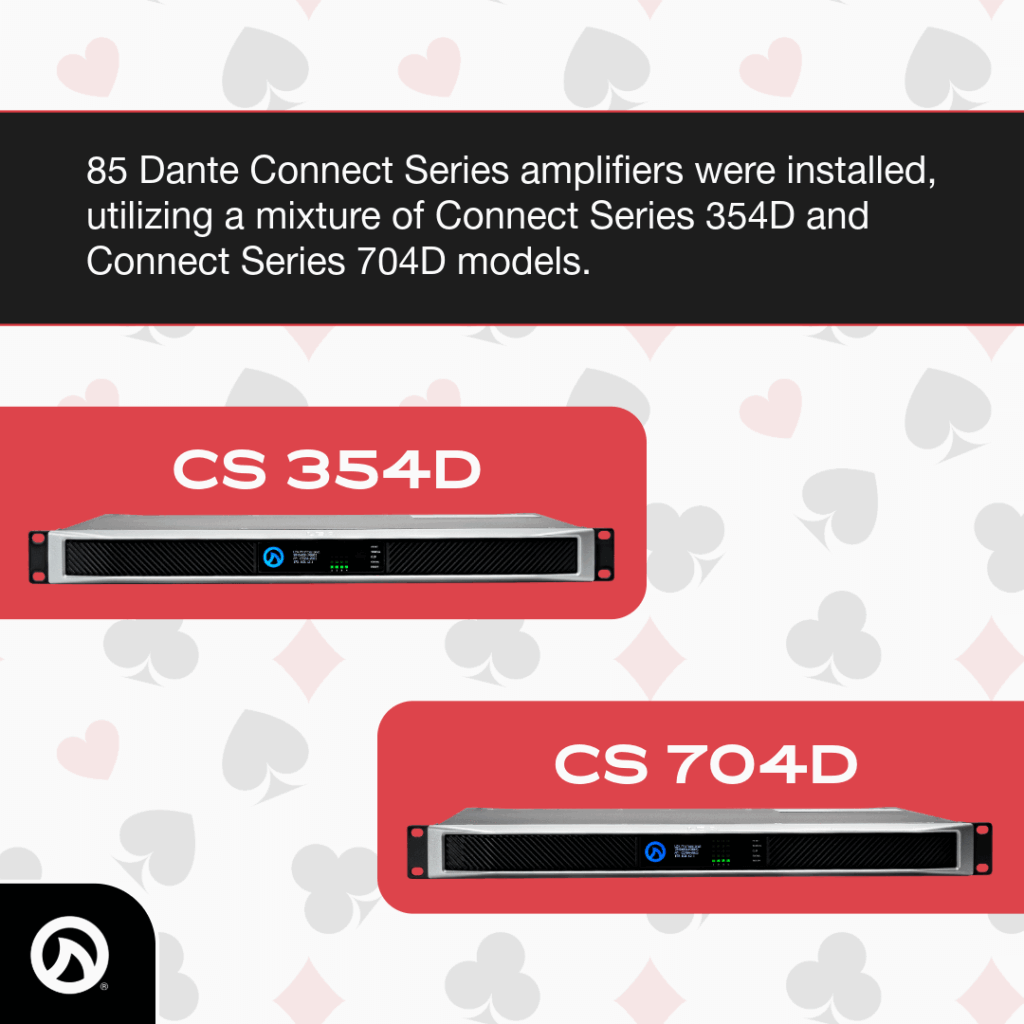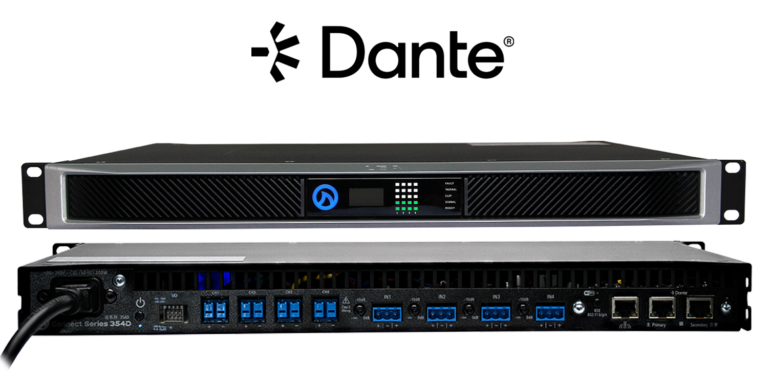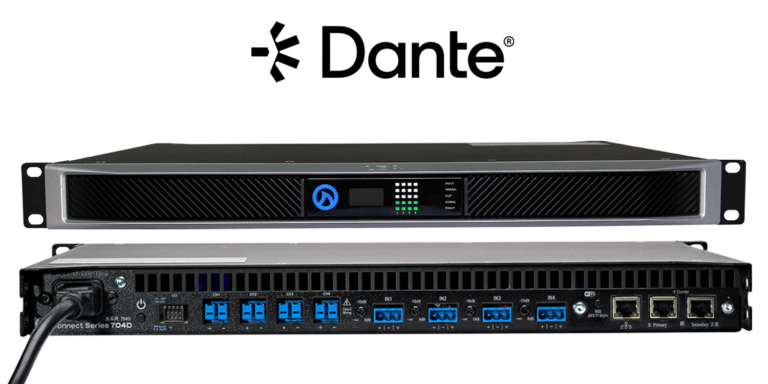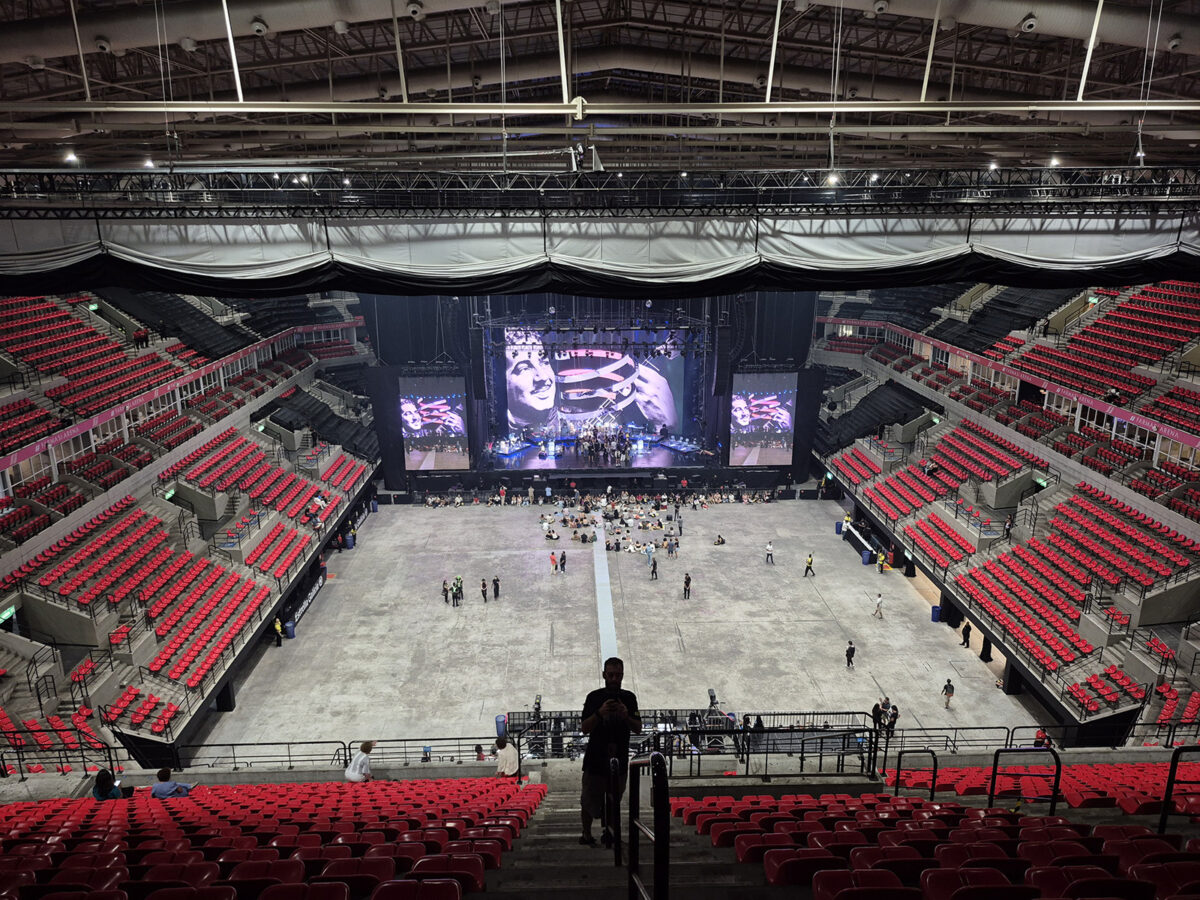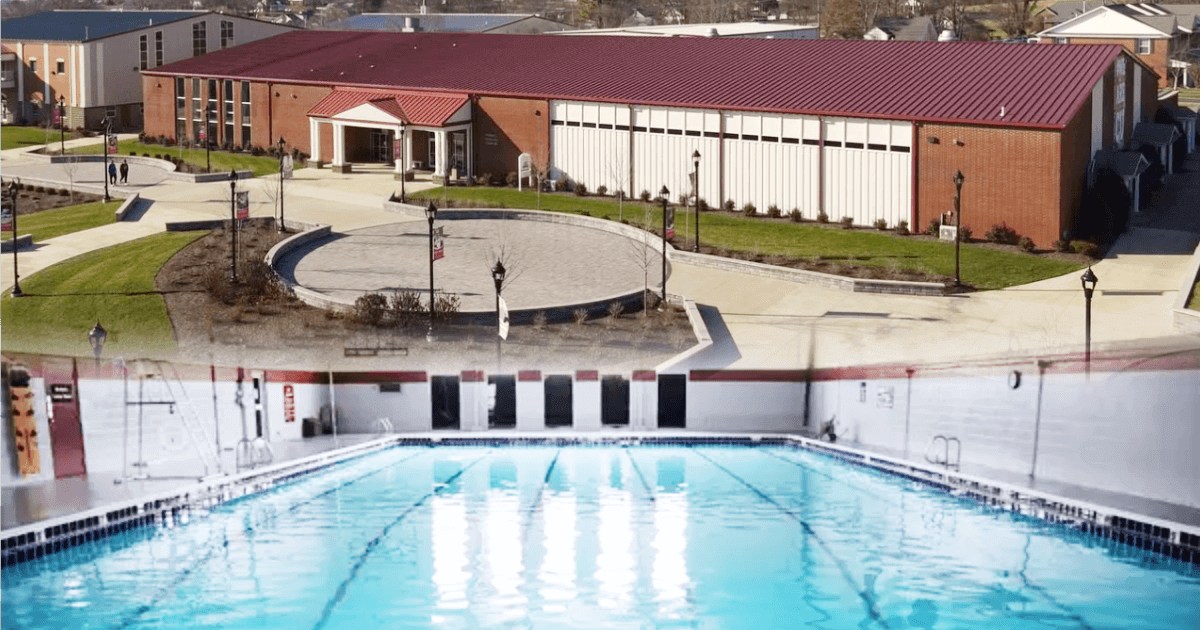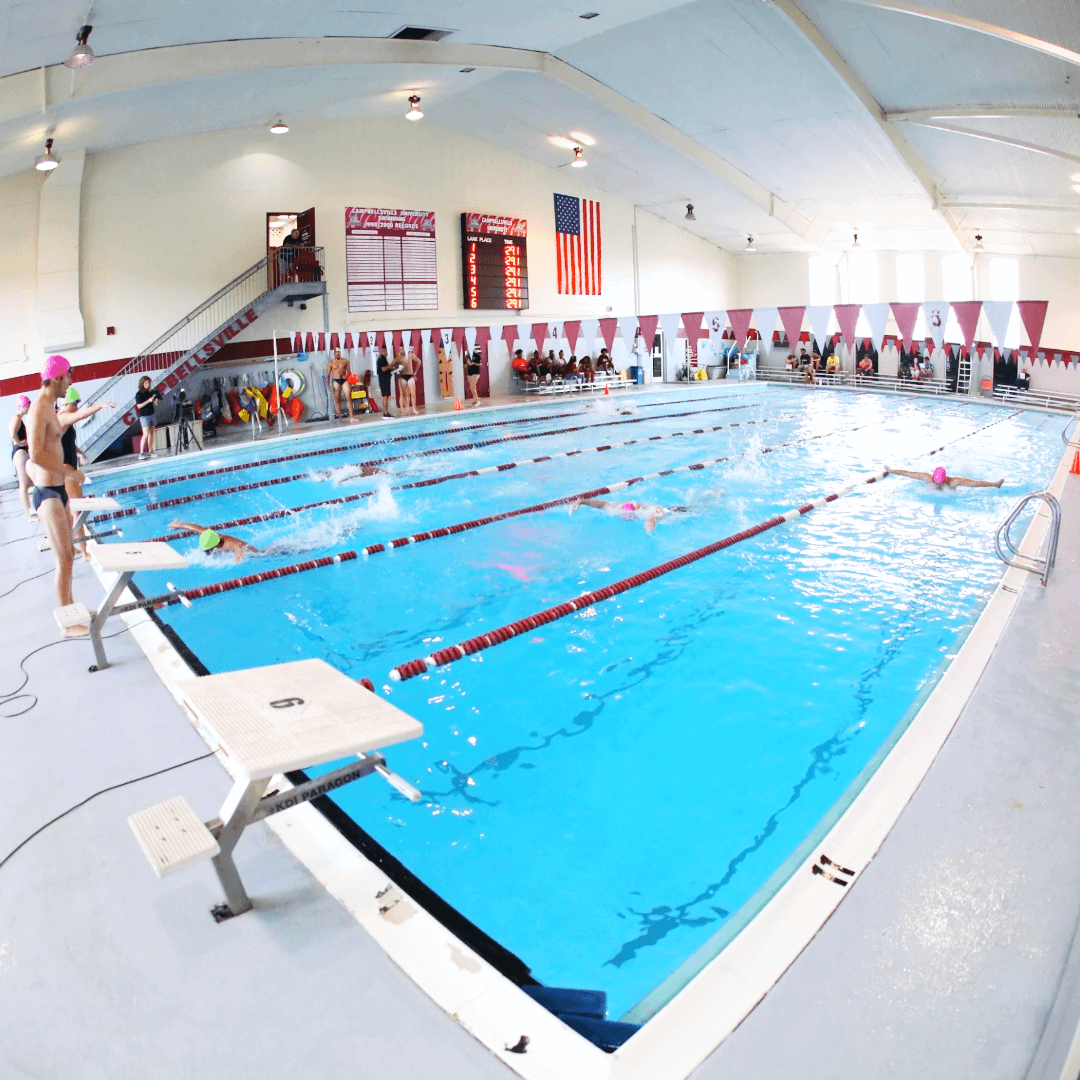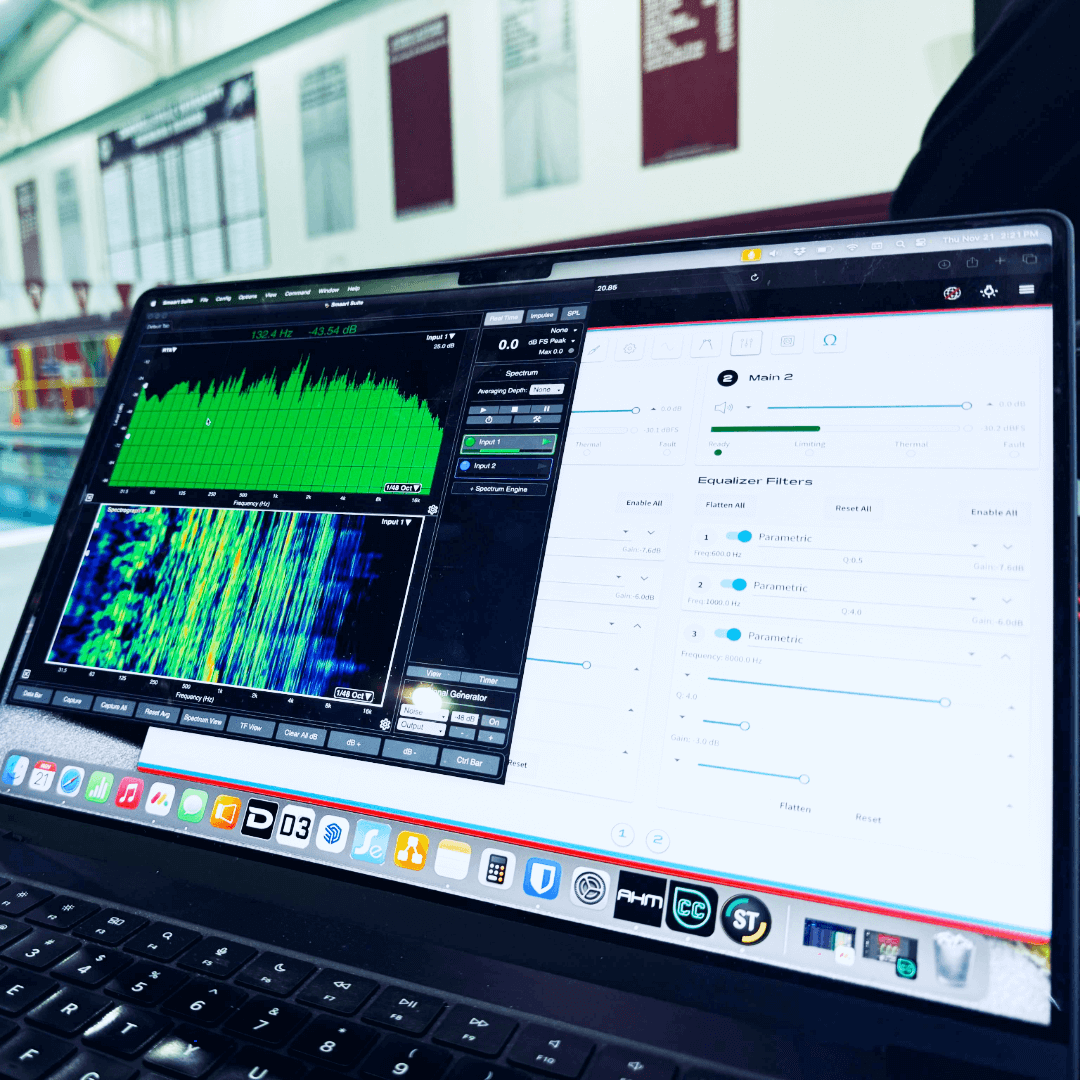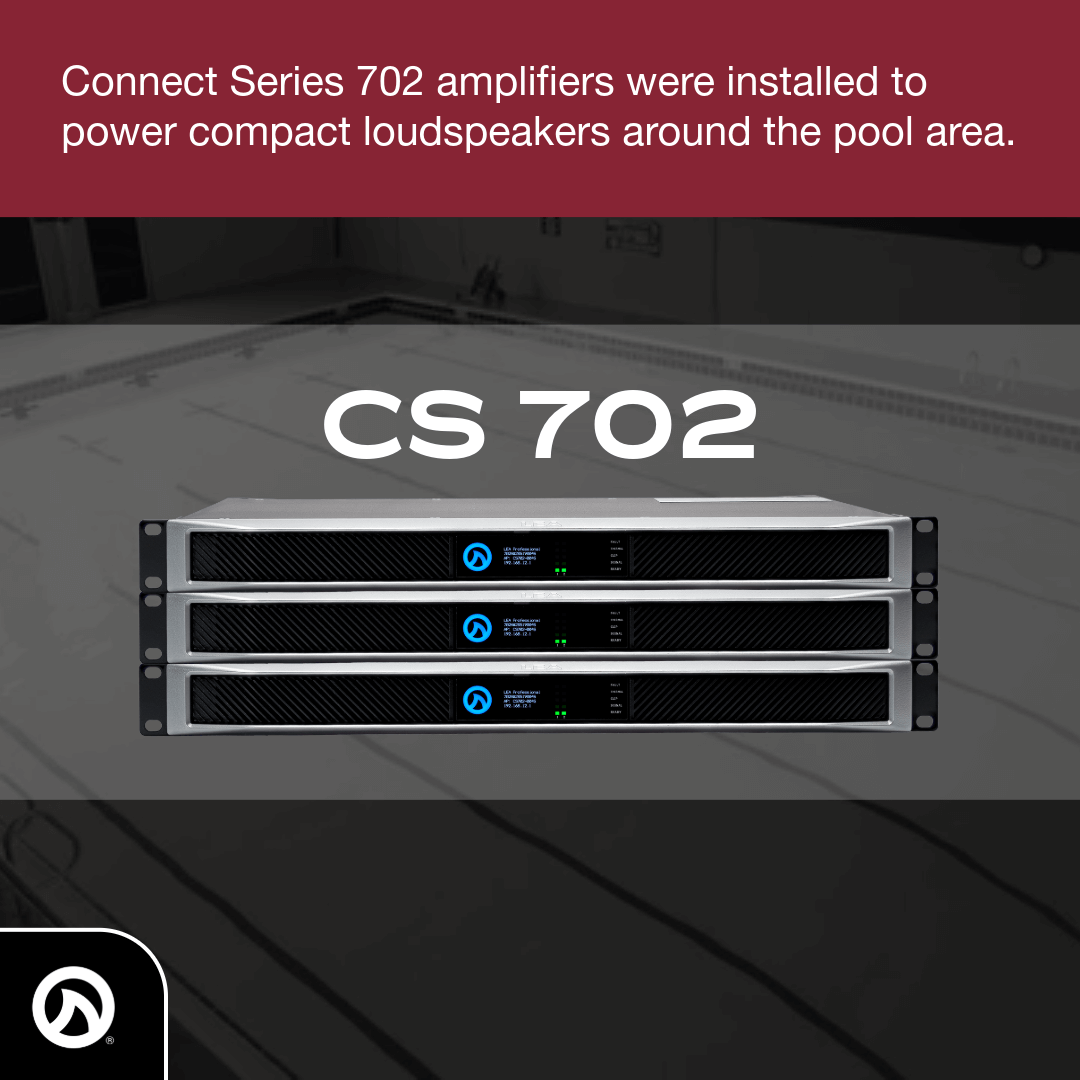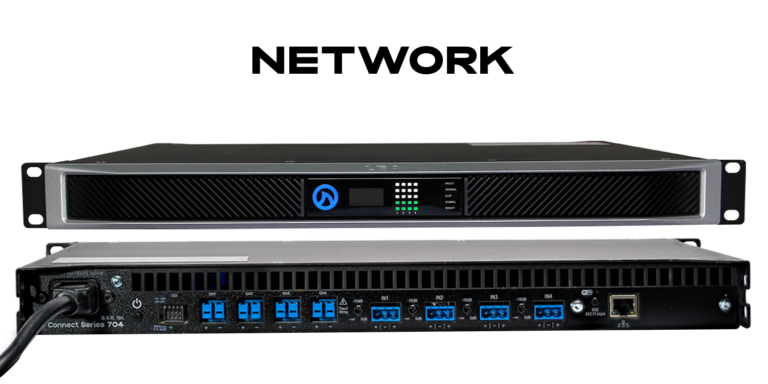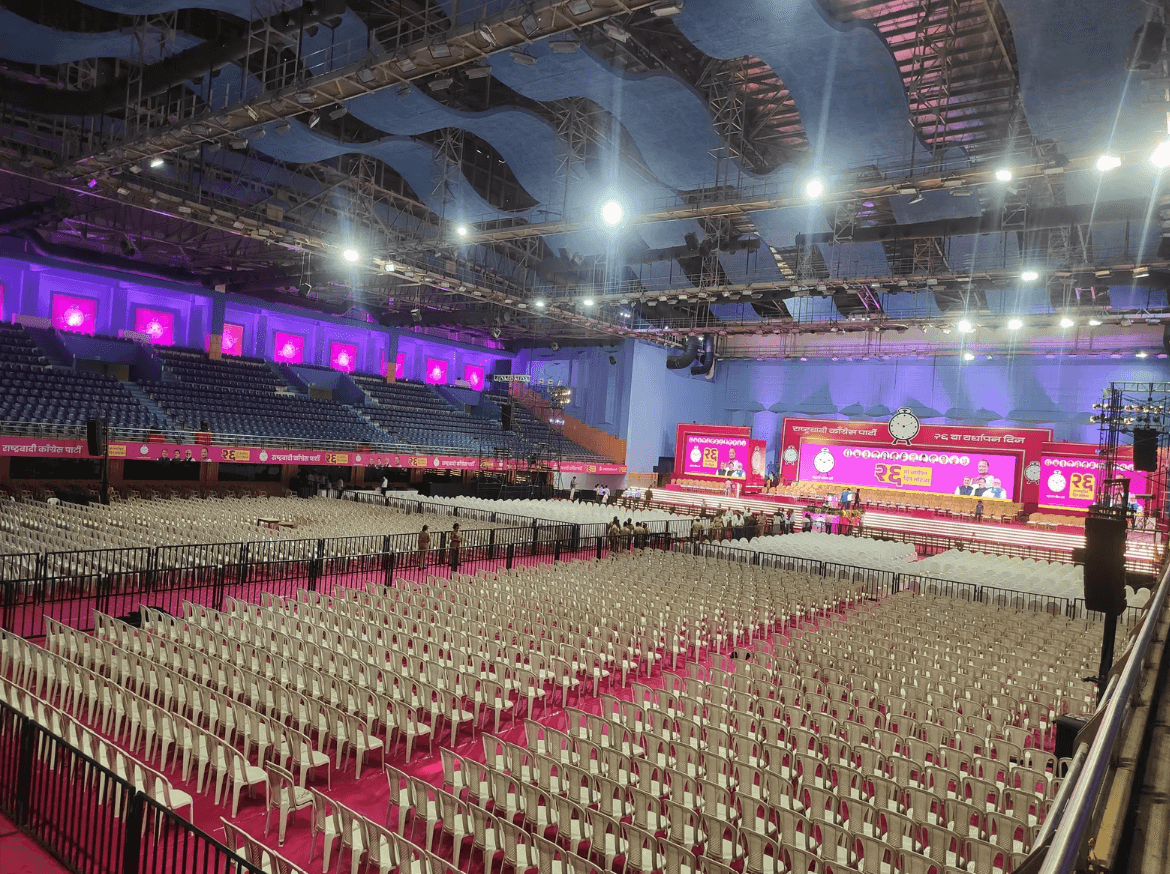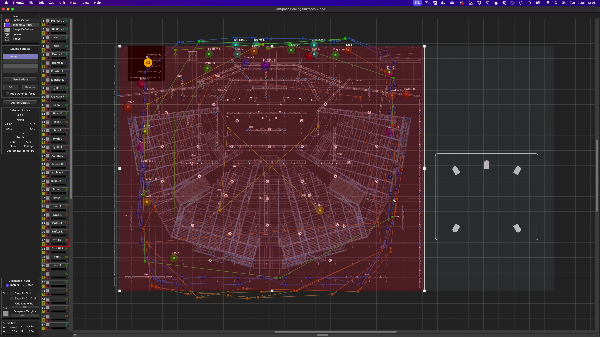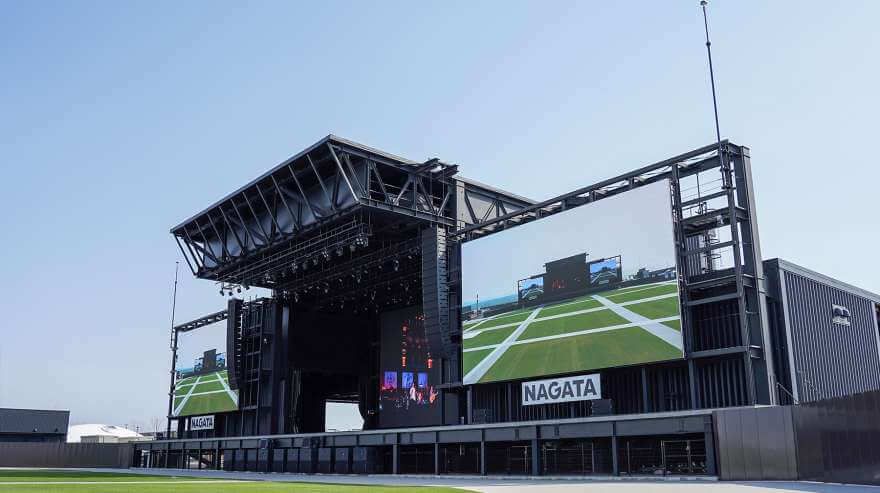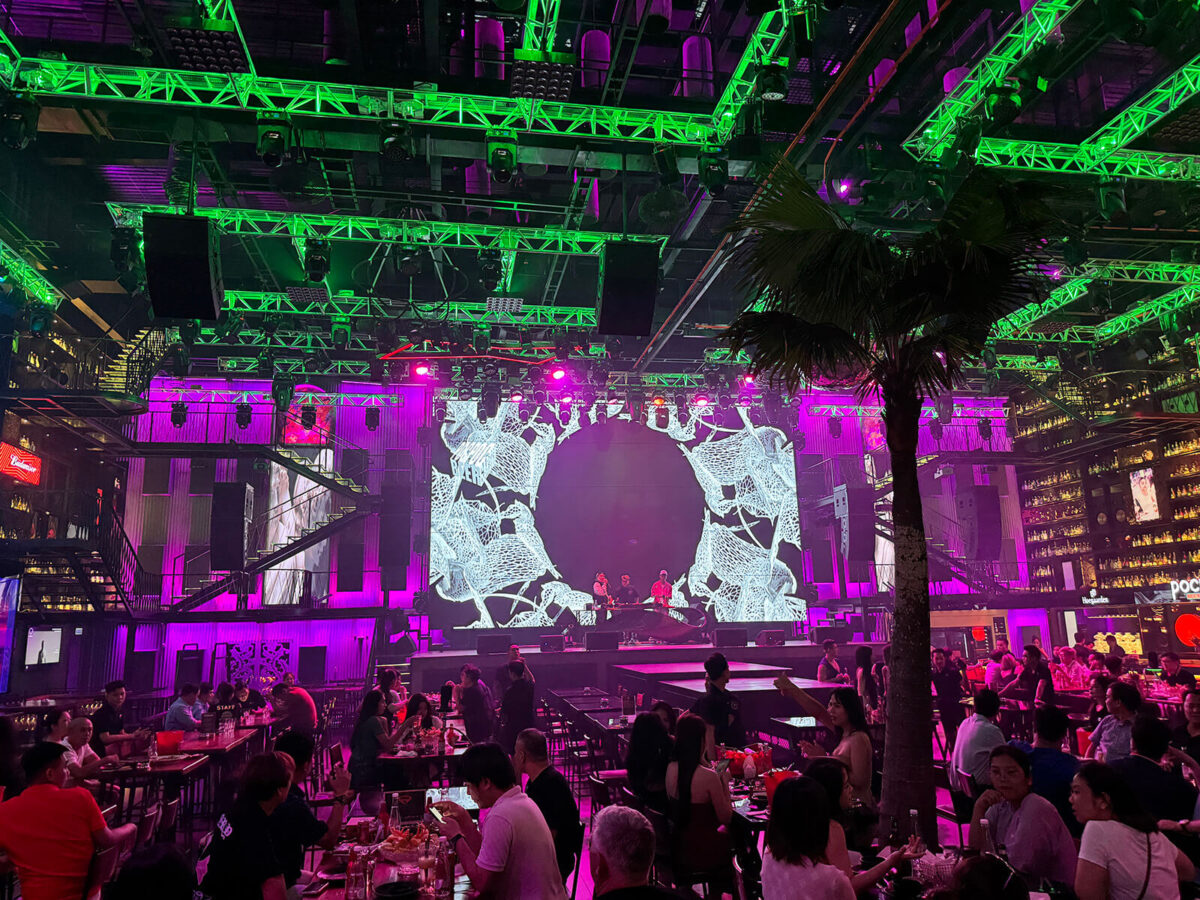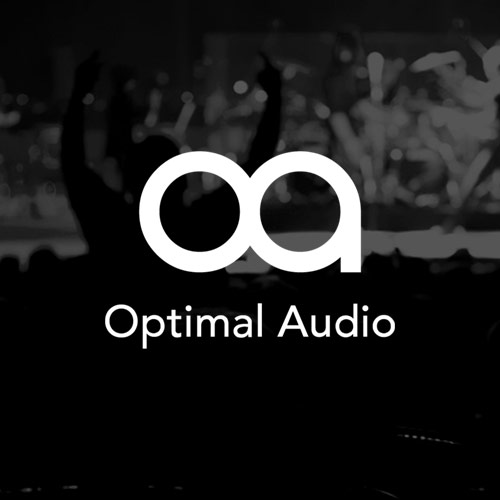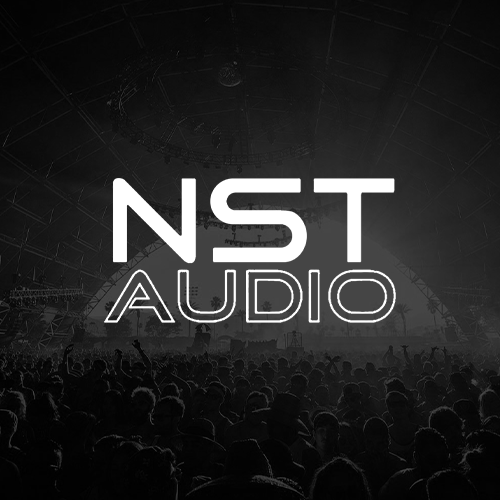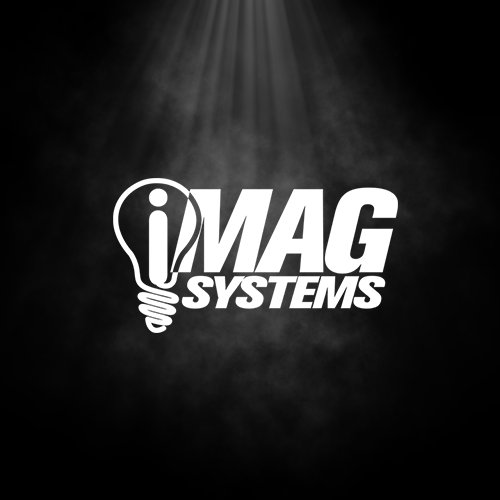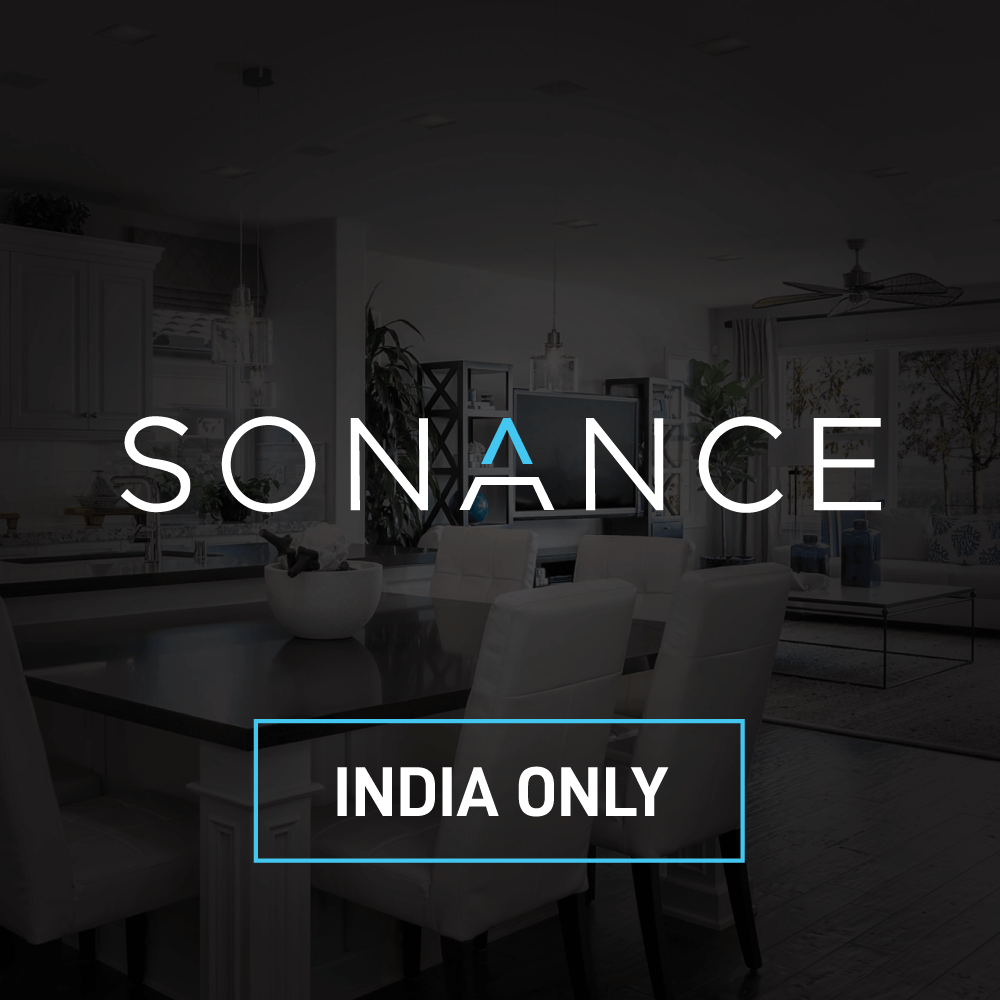UK: Solotech returned to Brockwell Park in South London recently—for three successive weekends of festival activity—fielding their flagship WPL on main stage for the first time.
After populating the event in previous years with MLA, it was time for an upgrade to their recently expanded WPL inventory. This provided site coverage for a variety of events that included Wide Awake, Field Day, Cross The Tracks, City Splash, Mighty Hoopla and Lambeth Country Show over the long duty cycle.
The Festival site attracted an aggregate of more than 300,000 people in all, and Solotech—working alongside production manager Frankie Tee of EnTEEtainment and technical production manager Amy Harmsworth—fielded no fewer than 62 WPL elements on main stage—driven in the optimum 1-box resolution from Martin Audio’s multi-channel iKON iK42 DSP amplifiers.
The main hangs comprised 16 elements per side; side hangs were split six WPL (stage left) and 12 WPL (stage right), while the final 12 WPL modules formed a single central delay hang (the second delay tower deployed in previous years, was deemed unnecessary, thanks to WPL’s extraordinary throw capability).
“IT’S A TRICKY SITE, AND SO WE NEEDED THAT 1-BOX CONTROL BECAUSE WE WERE MOVING FROM MLA TO WPL—WHICH IS REALLY GOOD AT STEERING AUDIO.”
Further boosting the sound were 18 SXHF218 in a castellated broadside cardioid sub-array, with frontfills comprising 12 Martin Audio WPC and four XD12.
Moving from the second stage last year to main stage system tech duties was Ali Hellard, who has extensive experience working with WPL. It was his task to optimise the sound and ensure there were no offsite breaches while maintaining levels at FOH. As Solotech account manager, David Preston noted, “It’s a tricky site, and so we needed that 1-box control because we were moving from MLA to WPL—which is really good at steering audio.”
Hellard confirmed that with eight stages (plus fairground rides) the site needed to be heavily monitored for sound escape, with around seven measurement points around the perimeter. Onsite limits were set at 103dB (C-weighted) for morning slots, 105dB(C) for afternoon and early evening and headliners 108dB(C). This was easily achieved while meeting offsite thresholds.
He observed that the reggae-oriented City Splash had presented the biggest challenge in view of the heavy demand on LF. To that end the castellated sub array approach was his chosen option. “Tonally, I tend to prefer arranging them in stacks of three with one reversed,” he said. “However, on a sensitive site, castellated is much better from a pattern control point of view.”
The cardioid also helped mitigate noise propagation behind the PA, where it was needed with that entire area designated Hard Avoid® in the Martin Audio software, a proprietary feature that actively reduces direct sound and sound leakage to an area by up to 30dB.
In summary, both he and David Preston reported on the high number of favourable comments from guest engineers, noting the PA’s “clarity, transparency and presence.” Preston couldn’t have been happier. “This has been a very busy summer for Solotech and so we have increased our WPL inventory in order to service the large number of events.”
Brockwell Park main stage audio crew comprised: Tim Paterson; Tom Woolsey; Ali Hellard; Kieran Niemand; Dave Pickess; Luan Nikita; Isabella Di Biase; Tim Grasse; Elliot Heal.
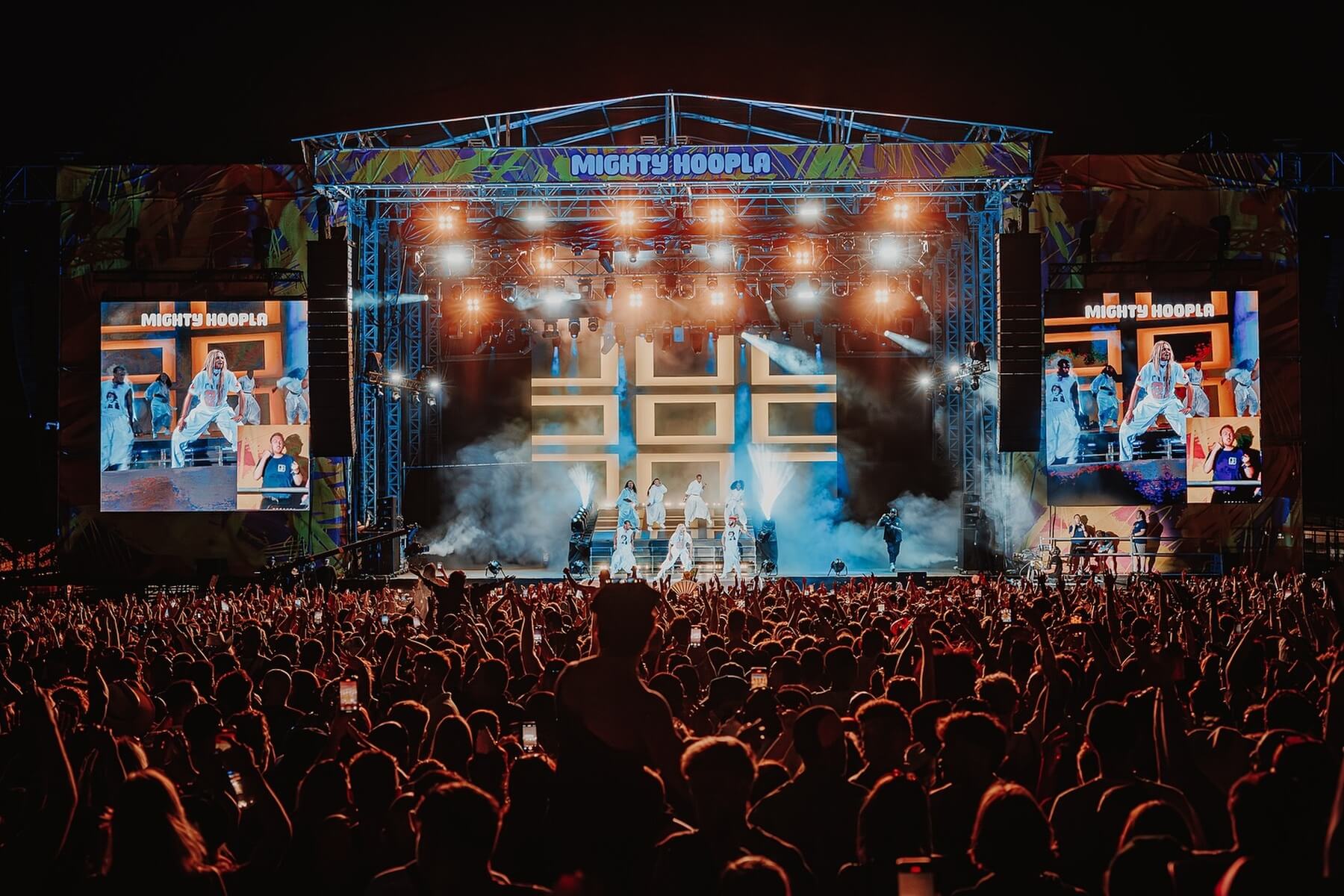
Click here for original article.




 Integrator:
Integrator:  Audio Spaces: Entire Venue (Multi-Zone)
Audio Spaces: Entire Venue (Multi-Zone)